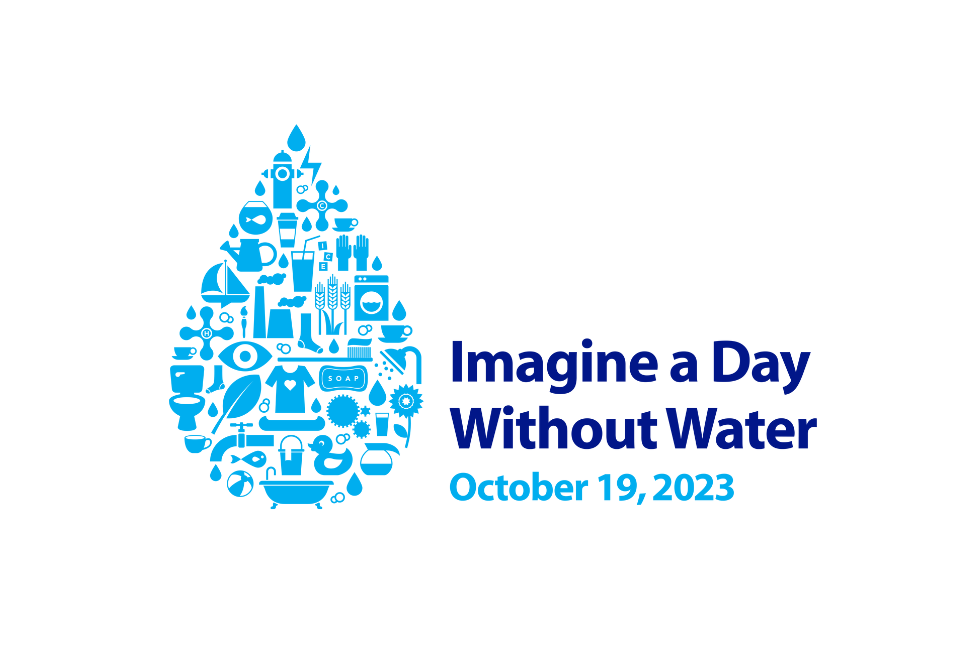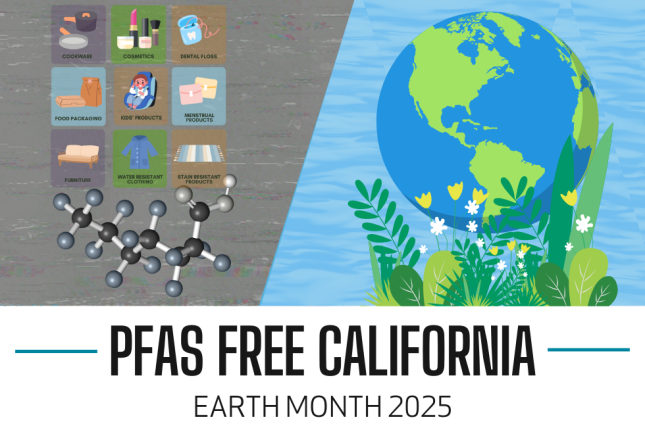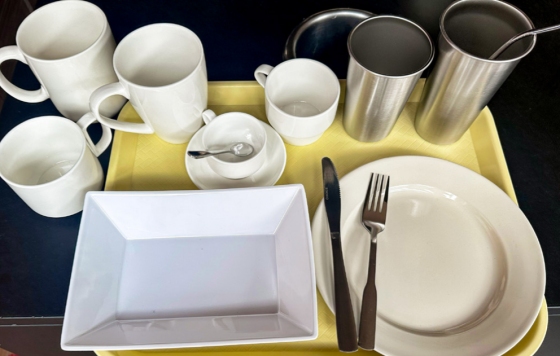
One day each October, public water agencies – and water junkies like me – throughout the United States celebrate “Imagine a Day without Water.” This year, it’s on Thursday, October 19.
For water agencies, this is an opportunity to let their customers know just how intricate and impressive their water infrastructure is. Almost everyone can turn on a tap in their home and access clean and safe drinking water, as well as pull a plug to send the wastewater elsewhere for treatment. Drinking water and sanitation infrastructure is still one of the greatest public health benefits ever created.
Unfortunately, not all Californians enjoy the same access to drinking water. During the recent drought, thousands of domestic wells went dry, leaving hundreds still waiting today for new wells to be drilled on their property. Hundreds of small communities struggle to address costly water contamination, and for unhoused residents, just accessing water for drinking and sanitation is a daily struggle.
However, the most common barrier to water access is affordability. The cost for accessing safe drinking water and wastewater services has been increasing faster than the rate of inflation for the past two decades due to a variety of factors, including increased treatment costs and the need to replace aging pipes. Currently, about 1.7 million low-income California households struggle to pay their water bill. If the bill isn’t paid, these residents face water shutoffs. They then must pay fines and fees in addition to past due bills in order to restart their water service.
Clean Water Action and our allies have been working for years to address the issue of affordability in California:
- We worked with State Senator Bill Dodd to pass water shutoff protections (SB998, 2018) that have dramatically reduced the number of water shutoffs, and that have been expanded with this year’s passage of SB 3.
- In 2019, we worked with the governor and legislature to establish the SAFER Fund at the State Water Board, which provides $130 million/year through 2030 to help struggling communities address issues of water quality, aging infrastructure and affordability.
We need another tool to address water affordability; a low-income rate assistance program. Such a program could subsidize water rates for the lowest income Californians. We’ve had a program for electricity (CARES) for three decades, with nearly full participation. Yet we still struggle to create a similar program for water. Why?
- It’s complicated. California has 42 electricity providers, but 2,800 drinking water providers, each one with its own quirks.
- It’s expensive. It’s estimated that providing affordable water for everyone eligible would cost about a half-billion dollars every year.
- It’s a legal headache. Water system rate structures are governed by Prop 218, a 1996 constitutional amendment that doesn’t allow one ratepayer class to subsidize another without a vote.
- Because it’s complicated, expensive and a legal headache, a lot of decision-makers don’t want to deal with it.
The Human Right to Water, which has been California Law since 2012, says that “every human being has the right to safe, clean, affordable, and accessible water adequate for human consumption, cooking, and sanitary purposes.”
Imagine a day without water – and support our fight to ensure that every Californian has access.



